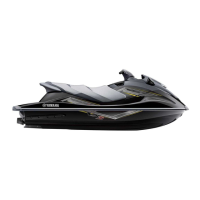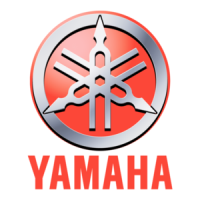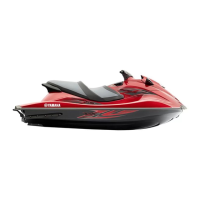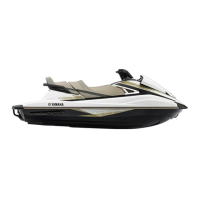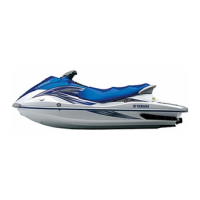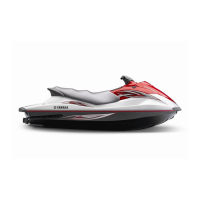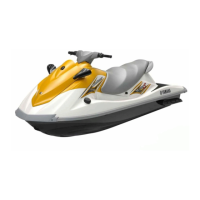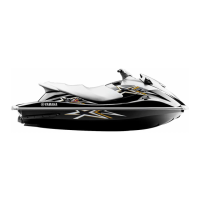
 Loading...
Loading...
Do you have a question about the Yamaha VXS: VXR and is the answer not in the manual?
| Rider Capacity | 1-3 persons |
|---|---|
| Starting System | Electric |
| Lubrication System | Wet Sump |
| Trim Method | Manual |
| Model | VXR |
| Engine Type | 4-stroke, in-line 4-cylinder |
| Engine | Yamaha Marine Engine |
| Displacement | 1812cc |
| Width | 1, 170 mm (46.1 in) |
| Bore x Stroke | 86 mm x 78 mm |
| Fuel Delivery | Electronic Fuel Injection |
| Fuel Tank Capacity | 18.5 gal |
| Warranty | 1-year limited warranty |
Displays crucial safety warnings to prevent injury or death.
Outlines age, supervision, and load limits for safe operation.
Covers navigational rules and right-of-way for watercraft.
Details the operation of start, stop, and shut-off switches.
Describes how to use the handlebars and throttle lever.
Explains the information display and how to read the speedometer.
Explains oil pressure, overheat, and check engine warning lights.
Specifies recommended fuel type, octane, and refueling procedures.
Details engine oil type, viscosity, and how to check the level.
Essential steps for breaking in the engine for optimal performance.
Perform pre-launch checks on land for critical systems.
Inspect engine compartment, fuel, oil, water separator, and bilge.
Verify battery, steering, reverse, throttle, and switches.
Perform checks after launching, including instruments and idling speed.
Procedures for starting the engine on water and shutting it down.
Covers forward motion, turning, stopping, and reverse operation.
Chart outlining recommended maintenance tasks and intervals.
Guidance on changing engine oil and the oil filter.
Guide to diagnosing and resolving common watercraft issues.
Steps to take in critical situations like jet intake blockage.
